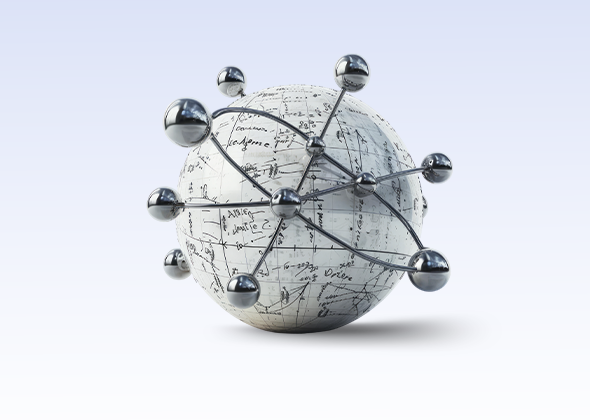The digital landscape is undergoing a fundamental shift. While platforms have long been at the heart of business transformation, the convergence of Web3, edge computing, and digital twins is unlocking...
Imagine the scenario where you enter into your favorite coffee shop. The barista welcomes you by name, asks if you would like your usual order, and doles out a voucher for a complimentary dri...
ტექნოლოგიური ინოვაციების ეპოქაში, როდესაც ინდუსტრიები უპრეცედენტო ტემპით განიცდიან ცვლილებებს, გარდამტეხი მომენტების (critical juncture) მართვა ორგანიზაციების მდგრადობის აუცილებელი პირობაა. გარდამტ...
Just as individuals retain memories of significant events, organizations too possess a collective memory that shapes their present and future trajectories. Whether marked by triumphs or tribulations, ...
To Communicate Your Data Effectively With Others, First Communicate With It Yourself During World War II, the Allies faced a critical decision: how to armor their planes for maximum protec...

 7 march, 2025
7 march, 2025

 11 february, 2025
11 february, 2025

 10 february, 2025
10 february, 2025

 17 january, 2025
17 january, 2025

 31 october, 2024
31 october, 2024

 27 october, 2024
27 october, 2024